Introduction: In the modern workplace, the discussion around salaries is no longer taboo. Thanks to cultural shifts and evolving legislation, pay transparency is becoming a norm rather than an exception. This month’s HR Hot Topics delves into the intricacies of this subject, prompted by real-world questions from our clients. Whether you’re an employer grappling with salary disclosures or an HR professional advising on pay practices, understanding the landscape of pay transparency is essential.
Understanding the Landscape: The age of keeping salary discussions under wraps is fading and prohibiting employees from taking about pay is illegal. In an era where transparency is valued across both social and professional spheres, employees are increasingly seeking clarity about their compensation. Websites like Glassdoor exemplify this shift, offering platforms where individuals can rate their employee experience, commenting on things like wages, hours and working conditions.
The Legal Framework: Legislation is catching up with cultural changes. Several states have enacted laws mandating that employers disclose starting pay ranges in job postings, while others prohibit inquiries about a candidate’s past salary to determine their offer. This legislative push aims to enhance fairness and eliminate historical pay disparities based on gender, race, or previous salary history.
Challenges of Pay Transparency: While the move towards transparency aims to foster equity, it comes with challenges. Employers must navigate how to disclose pay ranges without diminishing their ability to negotiate or manage payroll expectations. Moreover, discrepancies in pay can lead to discontent and morale issues among employees who may not understand the nuances of pay determination, which often considers factors like experience, job performance, and education.
Strategies for Employers:
- Conduct a Pay Audit: Review your current salaries by employee and compare staff in like-roles. Are there justifiable reasons, such as performance and experience, for differences in pay?
- Define Pay Ranges: Establish salary ranges for each position using market data for each position, your industry and other factors such as geographic location and company size.
- Communicate Effectively: Be open about how salaries are determined. Educate your employees on the factors that influence pay variations, such as tenure, skills, market data, and performance.
- Foster an Open Dialogue: Encourage employees to discuss their pay concerns individually with leaders. This can reduce misunderstandings and promote a culture of openness and trust.
Conclusion: Pay transparency is a crucial aspect of modern HR management that impacts employee satisfaction and trust. By embracing open discussions around pay, companies can not only comply with legal requirements but also enhance workplace fairness and employee morale. As this trend continues to grow, staying informed and proactive in developing clear pay structures and communication strategies is vital for any organization committed to transparency and equity.
Stay ahead in your HR practices by subscribing to our newsletter and following us on social media for more insights and updates on essential HR topics like pay transparency.

